The plant construction project of Luoyang Xuke New Materials Co., Ltd. has three steel structure production workshops, 1#, 2# and 3#. The roof is a single-layer corrugated steel plate insulation roof (0.6mmYX820 outer plate + 75 cotton + steel wire mesh), and the outer wall is a vertical 0.5mmYX900 single-layer corrugated steel plate wall. The total steel consumption is 550 tons, and the total construction area is 14,000 square meters.
When constructing steel structures, several precautions must be taken to ensure safety, stability, and durability. These precautions cover every phase of the construction process, from design to installation.
1. Design Phase Precautions:
Accurate Load Calculation: Ensure that the design accounts for all possible loads, including dead loads (weight of the structure itself), live loads (moving loads like people or furniture), wind loads, seismic forces, and thermal effects.
Quality Material Selection: Choose the appropriate grade of steel for the project, considering factors such as strength, corrosion resistance, and environmental conditions.
Corrosion Protection: Plan for corrosion-resistant coatings or treatments, especially for structures exposed to harsh weather or chemicals. This can include galvanizing or using stainless steel.
Fatigue Resistance: Consider the potential for cyclic loading (repeated stress) that can lead to material fatigue. Ensure design incorporates proper connections and reinforcements.
Compliance with Standards: Follow local and international building codes and standards (such as ASTM, BS, or Eurocode) to ensure safety and quality.
2. Fabrication Phase Precautions:
Accurate Fabrication: Ensure that steel components are fabricated according to design specifications. Inaccuracies in cutting, welding, or bending can lead to structural problems.
Welding Quality: Use certified welders and ensure that all welding processes are inspected and tested for quality, as poor welding can weaken connections.
Prevent Distortion: During fabrication, steel elements can warp or distort due to thermal expansion during welding or improper handling. Use jigs, fixtures, or preheating techniques to minimize distortion.
Non-Destructive Testing (NDT): Apply techniques like ultrasonic or magnetic particle testing to check for internal or surface defects in the steel material and welds.
3. Transport and Handling Precautions:
Proper Handling: Steel components should be handled with care during transportation to avoid damage (such as bending or scratching) or compromising their structural integrity.
Safe Lifting and Rigging: Use proper lifting techniques and equipment (cranes, slings, etc.) to handle large steel members safely. Ensure the equipment is rated for the weight and size of the components being moved.
4. Construction Site Precautions:
Site Safety: Ensure proper safety protocols are followed on-site, including the use of personal protective equipment (PPE) like hard hats, safety boots, and gloves. Also, ensure that workers are trained in working at heights and handling heavy materials.
Foundation Stability: Before erecting steel structures, confirm that the foundation is strong and stable. Poor foundation conditions can lead to settlement or tilting of the structure.
Erection Safety: During the erection process, ensure that steel members are securely bolted or welded in place before moving on to the next phase. Use temporary bracing or supports as necessary to prevent collapse.
Wind Loads During Erection: Steel structures are vulnerable to wind forces during the erection phase, especially in tall or large buildings. Avoid erecting steel members in high winds, and ensure temporary bracing is in place until the structure is fully stabilized.
5. Inspection and Testing:
Regular Inspections: Perform thorough inspections during fabrication, delivery, and erection stages to detect any defects or damage early.
Quality Control: Implement strict quality control measures to ensure all steel components meet the required specifications. This includes dimensional checks, welding inspections, and material tests.
Non-Destructive Testing (NDT): Periodically check for defects that may not be visible to the naked eye, including cracks, corrosion, or weakening in joints, using ultrasonic, radiographic, or magnetic particle testing.
6. Structural Integrity:
Avoid Overloading: Ensure that the steel structure is not subjected to loads beyond its designed capacity, especially during construction when temporary conditions may differ from the final design.
Proper Fastening and Joining: Ensure all bolted, welded, or riveted connections are properly installed. A failure in connections can lead to catastrophic failure of the entire structure.
Quality Bolting and Welding: Use the correct grade of bolts and ensure proper tightening according to design specifications. Similarly, use appropriate welding techniques and materials to maintain strength.
7. Corrosion Control:
Protective Coatings: Apply appropriate corrosion-resistant coatings, such as zinc galvanization or epoxy coatings, especially for structures exposed to harsh environmental conditions.
Inspection and Maintenance: Regularly inspect steel structures for signs of rust, corrosion, or wear and take corrective action immediately to avoid degradation of the material.
8. Environmental and Weather Considerations:
Extreme Weather Precautions: Avoid performing certain activities during severe weather conditions, such as welding in windy or rainy conditions, which could affect the quality of the welds or the safety of workers.
Temperature Effects: Be aware of temperature variations that can affect the steel’s performance, especially during welding and cooling. Preheating techniques may be needed in cold weather to prevent cracking.
9. Post-Construction Care:
Regular Maintenance: After construction, periodic inspection and maintenance of steel structures are essential to detect early signs of damage, corrosion, or fatigue. Regular cleaning and painting can significantly extend the lifespan of steel structures.
Monitoring Structural Behavior: In some cases, advanced monitoring techniques, such as strain gauges or load cells, may be used to track the performance of steel structures over time and detect early warning signs of failure.
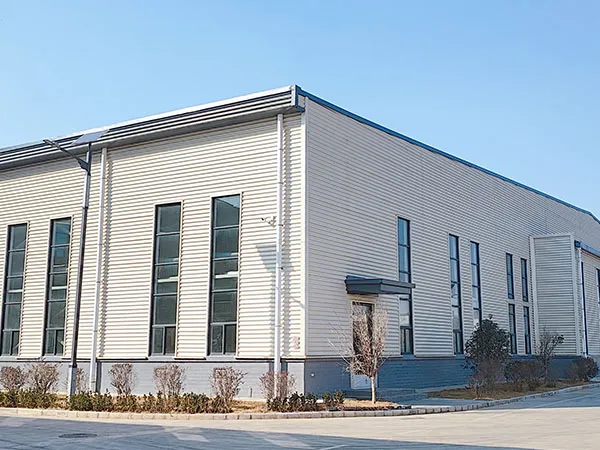
Steel Structure Workshop
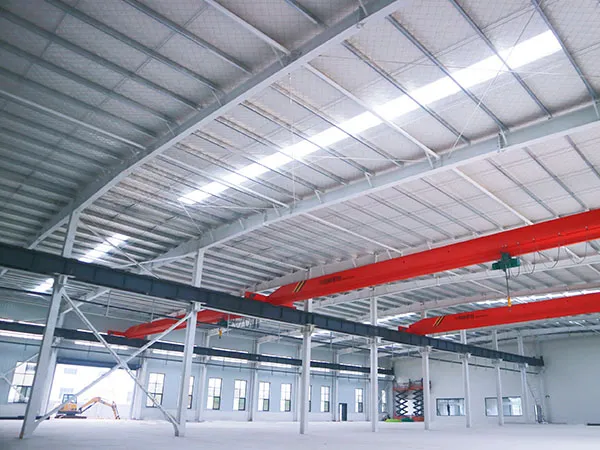
Steel Structure Factory
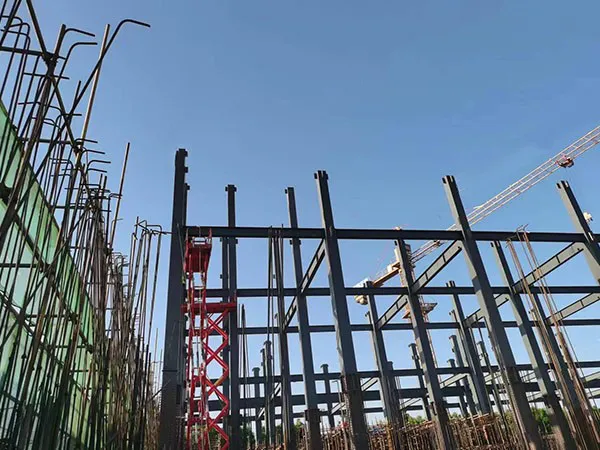
Steel Structure Cold Storage
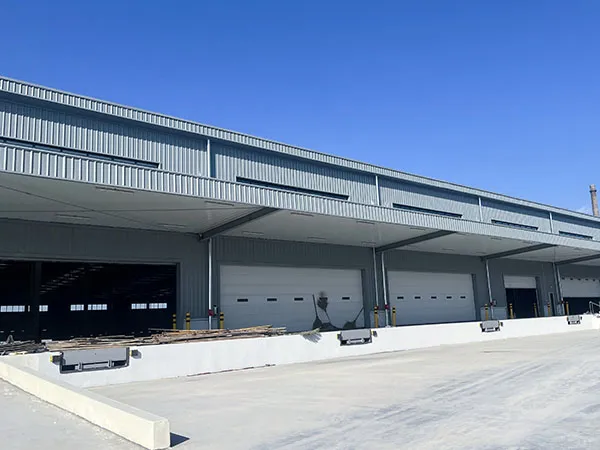
Logistics Park B04 Warehouse Steel Structure Project
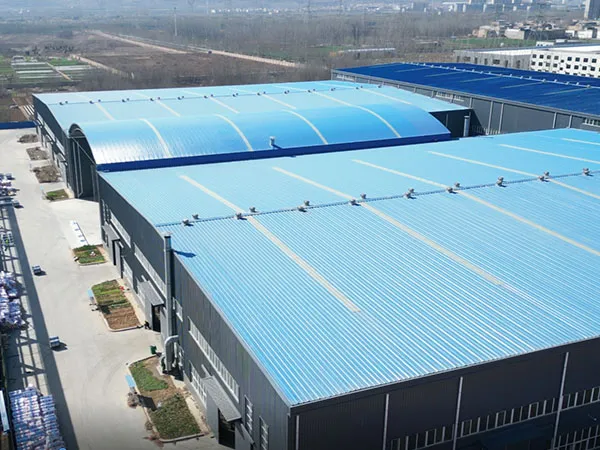
Fuchong Intelligent Glass Tempering Equipment Project
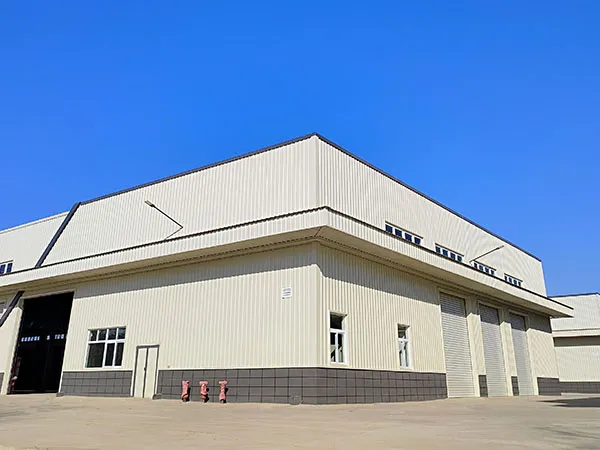
Henan Jiyuan South Passenger Transport Station Steel Structure Engineering Design Project
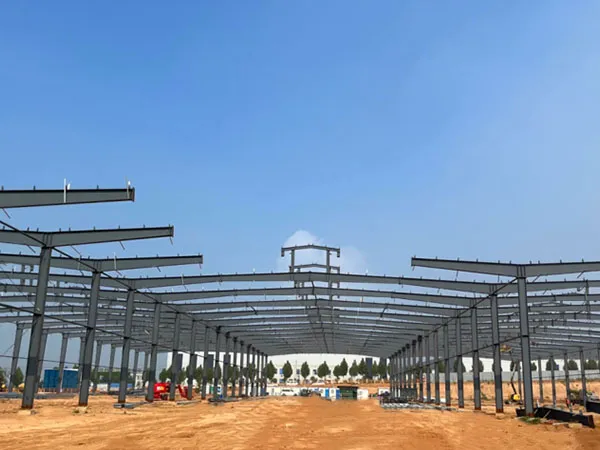
Luoyang Shangke Electrical Technology Co., Ltd. Project
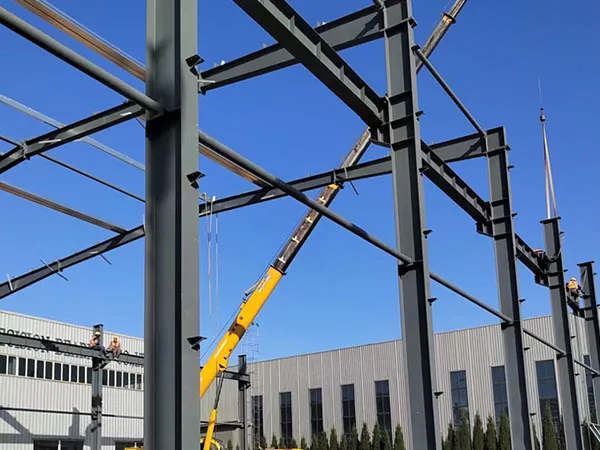
Luoyang Zhongyue Precision Bearing Co., Ltd. Steel Structure Plant Project